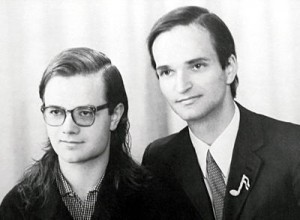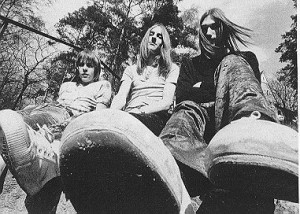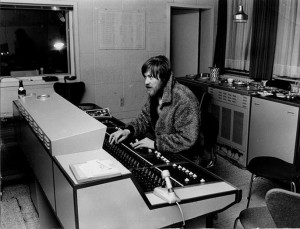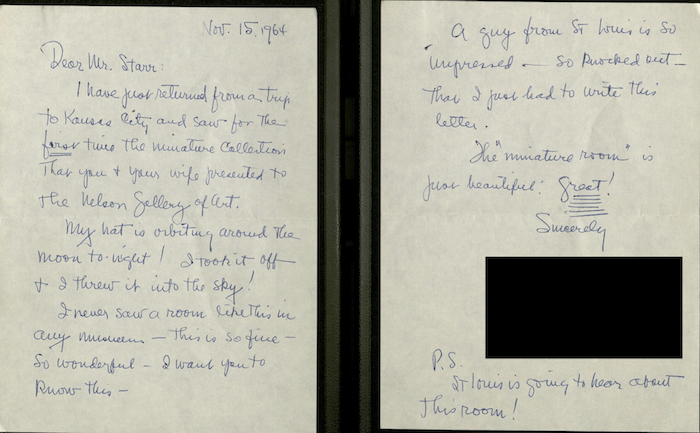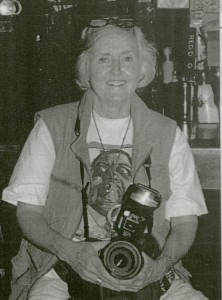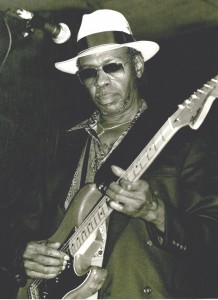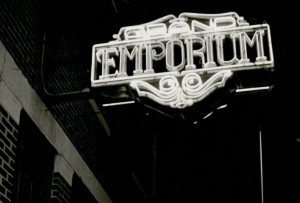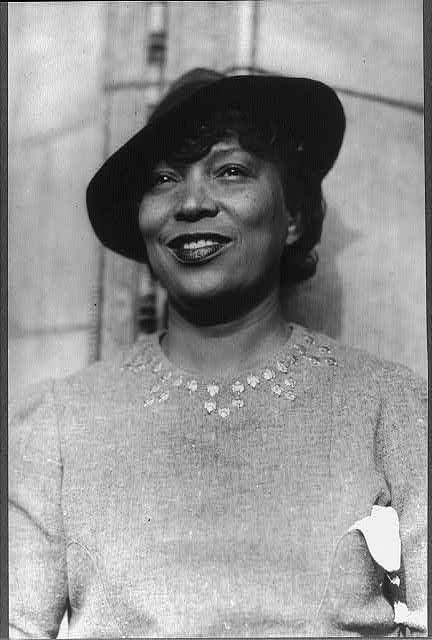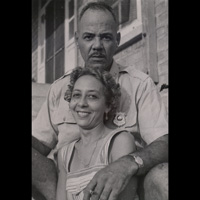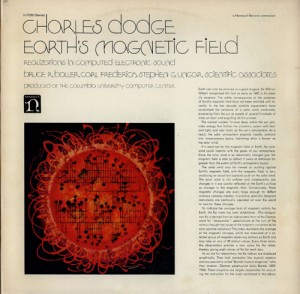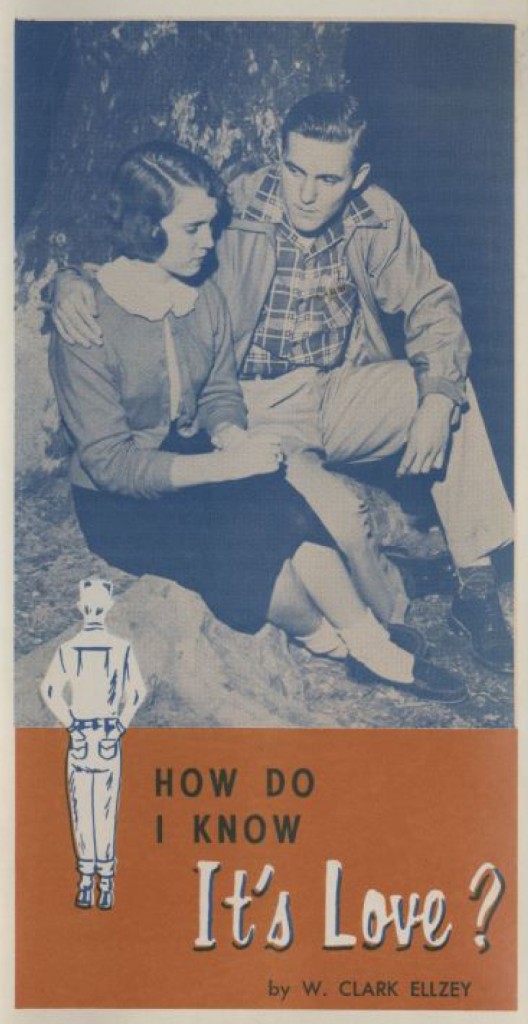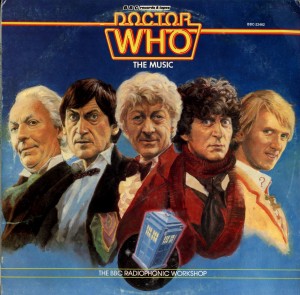In the late 1960s and early 1970s Germany was still licking a few fresh wounds from World War II and having an enormous concrete wall dividing the capital didn’t lend to any less tumultuous times. Social unrest and student riots perpetuated through German youth culture. While some youth rebelled by joining left-wing militants like the Red Army Faction others explored the counterculture of creating some of the most inventive and influential music of the 20th century, birthing the Krautrock movement.
Perhaps the most commonly known German band of this period was Kraftwerk, who managed to chart in the UK and US thanks to cheerleaders like David Bowie. One possible explanation for Kraftwerk’s success is that they fit into the English-speaking world’s imagination of Germans: mechanical, unemotional and slickly engineered–like a finely tuned automobile. In name and demeanor, Kraftwerk is a thoroughly German band and essential to the revitalization of German culture and art.
Though easier to locate than most first-editions of Krautrock records, early Kraftwerk albums are a difficult find for crate-diggers, so it’s a real treat to find Ralf & Florian held in the Marr Sound Archives–Kraftwerk’s third studio album and a major breakthrough for the band. While it lacks the paeans to marvels of manufacturing and technology that run through most of their subsequent albums, there is a marked movement towards the “Menschmaschine” concept. Percussion is entirely by drum machine and except for a few claps and Florian Schneider’s processed flute, all instruments are electronic; they favored Farfisa organs and electric pianos to accomplish what would become their signature sound. They condemned the guitar strum for being too human, and preferred more electromechanical approaches. What results is mathematical and calculated; loop-based parts build momentum through repetition.
Through the 1980s onward interest in Krautrock artists continued to grow and names were saved from obscurity. The psychedelia revival of the 1990s proved to be fertile ground for reissues of hard to find releases like Ash Ra Tempel’s 1971 self-titled debut. The 1997 reissue on french label, Spalax, brought the two adventurous tracks to a wider audience.
Ash Ra Tempel’s musical aesthetic couldn’t be further from the persistent control of Kraftwerk–the two sides contain one song apiece, spanning 19:52 for side A’s “Amboss” and 25:31 for side B’s “Traummaschine.” Where Kraftwerk relied on repetition, Ash Ra Tempel approached songwriting as free-flowing jams of jazz-influenced drumming and electric guitar oozing and soaring through mountains of delay and reverb with bits of low-key electronic drones.
Ash Ra Tempel’s improvisational style was commonly referred to as “Kosmische” or cosmically-oriented music, and it’s easy to understand why. The two tracks have an exciting, metaphysical quality to them, balancing serenity with explosive licks. Their entire discography–particularly this seminal album–is an absolute trip, and deserving of its legendary place in the acid rock canon.
However, the link between these two very different albums of the 1970s is not merely country of origin. The engineer at the helm of Ralf & Florian and Ash Ra Tempel is truly what makes them such outstanding works. Konrad “Conny” Plank was an influential engineer who became known for his early adoption of multi-track recording (one of Europe’s first) and proved to be an ace at manipulating sound through mixing, reverb, echo and EQ effects to create distinct sounds that seamlessly blended the abstract with the conventional. His work heavily influenced David Bowie’s collaborations with Brian Eno and John Lydon’s Public Image Limited. Throughout the 1980s he racked up production credits for the Eurythmics, Echo and the Bunnymen, and The Damned among others.
In 1975 Lester Bangs wrote that the future of music is German. And though few German bands managed to crack the US charts since then, the influences of Kraftwerk, Ash Ra Tempel and their contemporaries permeated from the late 1970s onwards. Krautrock continues to be a relevant inspiration for some of today’s most respected artists.

